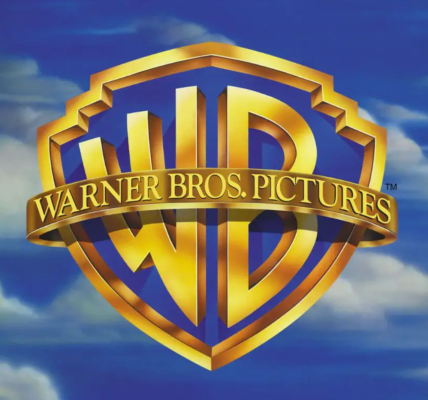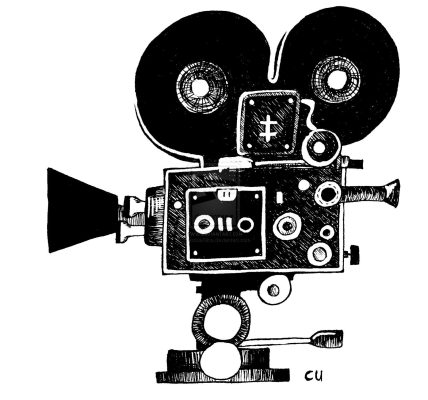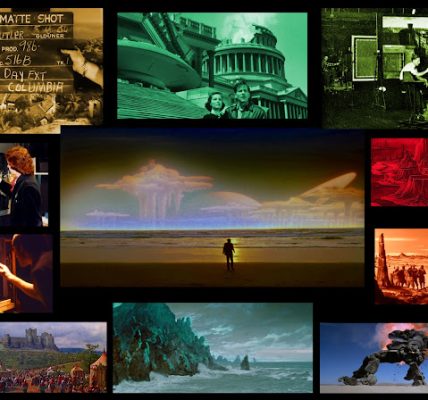While the magic of movies unfolds on the big screen, the real wizardry happens behind the scenes, where the intricate art of movie production takes place. From script to screen, a symphony of creativity, coordination, and technical expertise brings stories to life. In this article, we’ll venture into the captivating world of movie production, exploring the roles, processes, and technologies that shape cinematic masterpieces.
Unveiling the Movie Making Process
- Pre-Production: Crafting the Blueprint
- From script development to storyboarding, the pre-production phase sets the foundation for the entire film.
- Production Phase: Bringing Scenes to Life
- Lights, camera, action! This phase involves filming scenes, capturing performances, and managing logistics on set.
- Post-Production: Weaving the Narrative
- Editing, visual effects, sound design, and scoring come together to create the final cinematic experience.
Key Players in Movie Production
- Director: The Visionary
- The director is the creative powerhouse behind the film, responsible for translating the script into a visual narrative.
- Cinematographer: Painting with Light
- Cinematographers use camera techniques, lighting, and framing to visually convey the story’s emotions and themes.
- Production Designer: Crafting Worlds
- This role involves designing sets, choosing locations, and creating the visual environment that immerses viewers in the film’s world.
- Art Director: Details and Aesthetics
- Art directors oversee the visual aspects of a film, ensuring sets, props, and costumes align with the director’s vision.
- Editor: Shaping the Narrative
- Editors are the architects of a film’s structure, piecing together shots, scenes, and sequences to tell a cohesive story.
- Sound Designer: Aural Landscaping
- Sound designers layer sound effects, dialogue, and music to create an immersive auditory experience for the audience.
Technologies in Movie Production
- Digital Cameras and Cinematography:
- Advances in digital technology have revolutionized cinematography, offering filmmakers more flexibility and creative control.
- Special Effects and CGI:
- CGI (Computer-Generated Imagery) and practical effects enhance storytelling by creating fantastical worlds and creatures.
- Editing Software and Post-Production Tools:
- Software like Adobe Premiere Pro and Avid Media Composer allow editors to refine and perfect the final cut of the film.
Challenges and Triumphs in Movie Production
- Budget and Resource Management:
- Balancing artistic vision with financial constraints is a constant challenge, requiring resourcefulness and creativity.
- Logistical Coordination:
- Coordinating schedules, locations, and equipment for a film production requires meticulous planning and adaptability.
The Evolution of Movie Production
- Technological Advancements:
- From silent films to 3D and virtual reality, technology continues to shape how films are made and experienced.
- Inclusion and Diversity:
- Efforts are underway to increase representation both in front of and behind the camera, leading to more diverse and inclusive storytelling.
The Art of Movie Production: A Collaborative Endeavor
- Teamwork and Collaboration:
- The success of a film relies on the seamless coordination of a diverse team, each contributing their unique expertise.
- The Legacy of Movie Making:
- Iconic films leave a lasting imprint on culture and entertainment, influencing future generations of filmmakers and storytellers.












